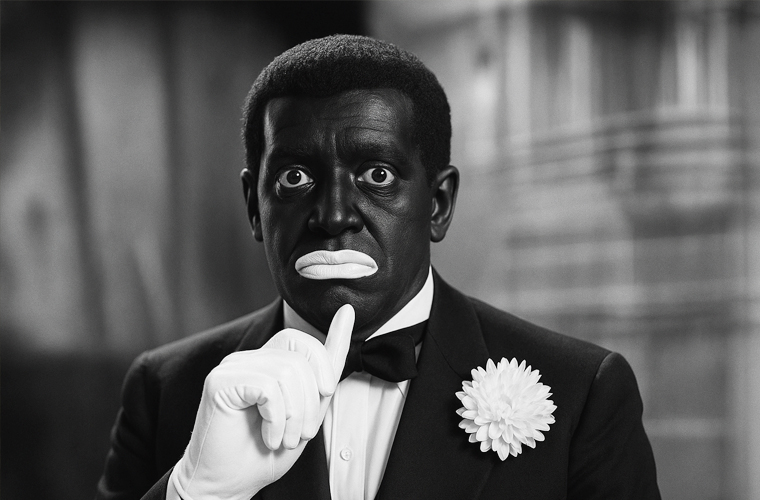The practice of blackface, where non-black individuals darken their skin to mimic or caricature black people, carries a profoundly troubling history rooted in racism and dehumanization. Originating in the early 19th century, it became a central feature of minstrel shows, theatrical performances that relied on exaggerated, derogatory portrayals of African Americans. Performers, often white, would use burnt cork or shoe polish to darken their faces, donning costumes and adopting mannerisms that mocked black culture, speech, and appearance. These shows, popular in the United States and parts of Europe, presented black individuals as lazy, ignorant, or comical stereotypes, reinforcing harmful racial tropes and entrenching societal prejudices. Far from harmless entertainment, minstrelsy served as a tool to justify slavery, segregation, and systemic discrimination by dehumanizing black people and normalizing their ridicule.
Beyond its historical roots, blackface is a form of cultural appropriation that exploits and profits from the misrepresentation of a marginalized group. It perpetuates power imbalances by allowing non-black individuals to adopt and distort black identity for amusement or gain, often without consequence or understanding of the harm caused. This practice has lasting effects, embedding negative stereotypes in cultural consciousness and contributing to the marginalization of black communities. Each instance of blackface, whether in historical performances or modern contexts, reinforces a legacy of objectification, reducing black identity to a caricature for public consumption.
Despite widespread condemnation today, blackface persists in isolated incidents, often driven by ignorance, insensitivity, or a failure to grasp its historical weight. High-profile cases, such as politicians or celebrities donning blackface for costumes or performances, have sparked outrage and highlighted the need for education. These occurrences are not merely individual missteps; they reflect and perpetuate systemic racism, reminding black communities of a painful history of mockery and exclusion. Addressing this requires ongoing efforts to raise awareness about the practice’s implications, encouraging empathy and accountability to dismantle its lingering acceptance.
Distinguishing blackface from legitimate artistic expression is critical. Theatrical makeup, cosplay, or cultural tributes, when done with respect and context, differ significantly from blackface’s mocking intent. For example, an actor portraying a historical figure in a play may use makeup to reflect a character’s appearance, but this hinges on intention, execution, and sensitivity to avoid perpetuating harm. Missteps in these contexts can still offend if they lack cultural awareness or appear to trivialize marginalized identities. As a general rule, individuals should approach such acts with caution, prioritizing respect for the communities represented and seeking to understand the broader implications of their choices.
The harm of blackface lies not only in its immediate offense but in its contribution to a broader culture of racial insensitivity. It thrives in environments where stereotypes are unchallenged and where the experiences of black individuals are sidelined. Combating this requires active education—through schools, media, and public discourse—to illuminate the practice’s roots and ongoing impact. By fostering dialogue about the historical and contemporary consequences of blackface, society can move toward greater inclusivity and equity. This involves amplifying black voices, challenging cultural norms that allow such practices to persist, and committing to a future where respect and understanding prevail over ignorance and harm.

